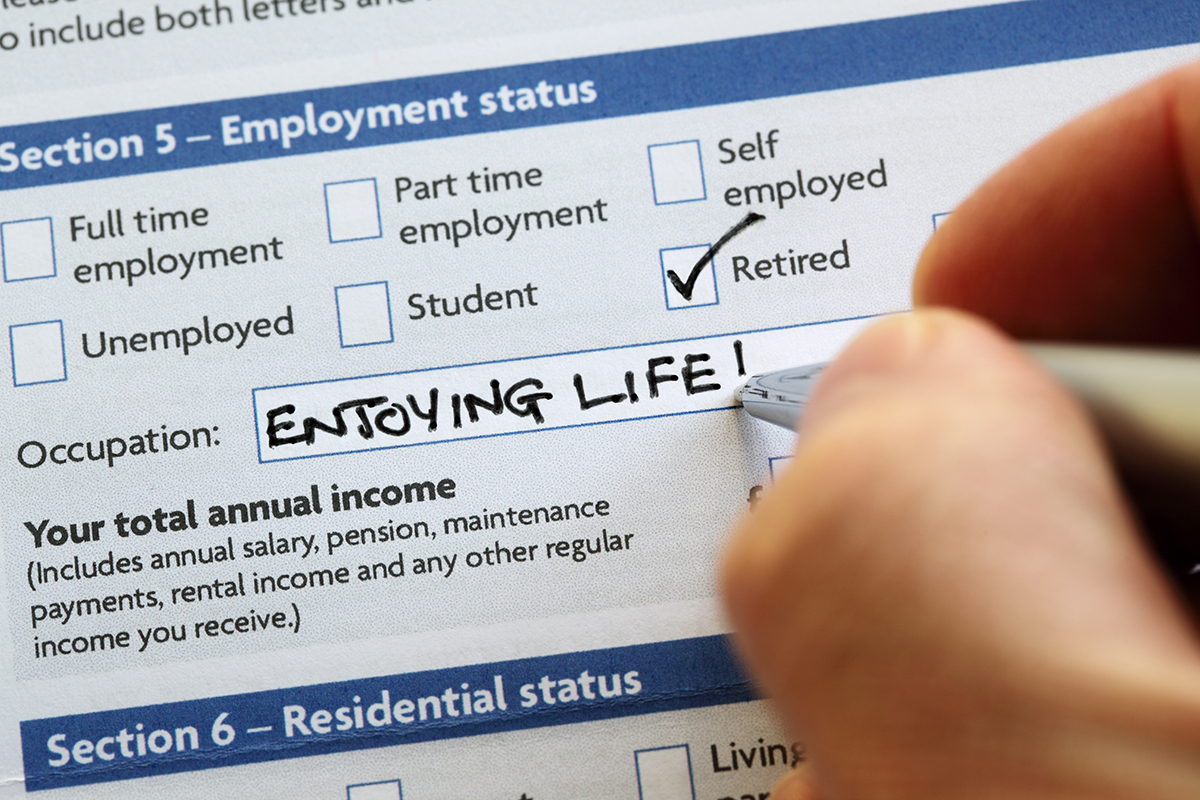According to a recent report published by the Employee Benefit Research Institute and Greenwald Research, American citizens’ assurance about a comfortable retirement life has seen its sharpest decline since the 2008 global financial crisis.
As per the study, this downturn is primarily driven by high inflation rates, which have undermined both working professionals’ and retirees’ faith in their retirement plans’ adequacy.
Another contributing factor is the prevalent sentiment of needing more savings.
However, for those nearing retirement, the silver lining is that you still have viable options to bolster your financial standing.
“Even if you haven’t initiated your retirement savings yet, it’s never too late to commence,” remarked David John, the senior strategic policy advisor at the AARP Public Policy Institute.
Furthermore, pivotal choices you’re yet to make can augment your savings. Here are four such key considerations:
- Determine your retirement residence — Crucial deadline: The earlier, the better.
Regarding lifestyle, most retirees would opt to stay put. However, it’s vital to contemplate if your current home will still be suitable as you age, pointed out Craig Copeland, the director of wealth benefits research at EBRI.
Developing a plan for your retirement living location should ideally be done sooner rather than later, Copeland suggested.
“If you encounter any mobility concerns, you should already be implementing your plans,” Copeland stated. He added that if relocation is part of your plan, it’s better to do so early, before health issues arise.
Conversely, if you plan to stay put, you might want to consider certain enhancements like adding guardrails or handrails on staircases to facilitate a smoother transition if your health deteriorates.
Choosing a retirement residence isn’t a uniform process for everyone, observed Susan Reinhard, the senior vice president and director of the AARP Public Policy Institute.
There’s no universal solution. While some may downsize, others might want more space for their grandchildren. “It’s about choosing what’s right for you,” Reinhard stated.
In the process of deciding where to live, it would be prudent to make arrangements for future care needs, including setting up or revising advance directives – legal documents outlining your desires if you’re unable to care for yourself.
Creating medical records and discussing potential situations with family members who you would like to assist you in case of medical emergencies can also be beneficial, Reinhard mentioned.
- Develop a Medicare strategy — Crucial deadline: Your 65th birthday.
While eligibility for Social Security retirement benefits starts at age 62, Medicare generally commences at age 65.
A seven-month-long initial enrollment period begins three months before you turn 65 and continues three months after your 65th birthday.
This includes enrollment for both Medicare Part A, covering inpatient hospital care, hospice care, and home health care, and Part B, which covers diagnostic and preventive care services.
A few may automatically get enrolled if they are already receiving Social Security benefits, noted Jane Sung, a senior strategic policy advisor at the AARP Public Policy Institute.
For others, their 65th birthday and the subsequent initial enrollment period is a critical timeframe to monitor.
“Don’t postpone until the final week of your initial enrollment period as the process can be complicated,” warned Sung.
If you still have employment and are covered by an employer’s healthcare plan, you might opt not to sign up immediately after turning 65, Sung added.
Those who choose traditional Medicare might want to consider Medigap plans, which cover out-of-pocket costs, or Medicare Part D, offering prescription drug coverage.
Alternatively, people may prefer Medicare Part C or Advantage plans, which are provided through private insurers and usually incorporate Medicare Parts A and B, and sometimes additional coverage.
Resources like the AARP’s Medicare enrollment guide can help navigate through these options.
State Health Insurance Assistance Programs (SHIP) also offer guidance to Medicare beneficiaries.
Moreover, some people may be eligible for financial assistance through Medicare savings programs if their income or resources fall below certain thresholds.
The key is to be proactive and conduct thorough research.
“Certainly, commencing your learning about Medicare and exploring the various options around six to four months prior to your 65th birthday is a good idea,” Sung recommended.
- Decide when to claim Social Security benefits — Crucial deadline: Review your statement on the Social Security Administration website by age 60, suggests Copeland.
Determining when to claim Social Security retirement benefits is a significant question for retirees.
Most experts typically advise deferring claims beyond age 62, the earliest eligibility age. At full retirement age — between 66 and 67, based on your birth year — you will receive 100% of the benefits you earned. However, for each year you delay claiming past full retirement age up to age 70, you will receive an 8% increase — a guaranteed return that’s often superior to market returns.
It’s essential to remember that these benefits are inflation-adjusted, unlike most other income sources, John from the AARP Public Policy Institute explained.
“The later you file for Social Security, the greater your benefits will be,” John affirmed.
By your early 60s, you should validate your earnings record, as this will determine your benefits, Copeland advised. You can also estimate your monthly benefit amount if you claim at ages 62, 67 (assuming that’s your full retirement age), and 70.
- Assess if you can save more — Crucial deadline: Check in when you’re at least 10 years away from retirement.
For most individuals, the concept of retirement becomes tangible around age 45, according to John.
When you’re approximately a decade away from retirement, it’s beneficial to seriously contemplate your retirement goals while you’re still employed, have time to grow your savings, and make other arrangements, he recommended.
Regardless of your proximity to retirement, you can still make strides.
“It’s never too late to start,” John emphasized. “Having any amount of savings is always better than having none at all.”
Despite declining confidence in secure retirement, several strategies can help boost your financial standing. Whether you’re choosing your retirement home, designing a Medicare strategy, determining when to claim Social Security benefits, or figuring out how to save more, informed decisions can significantly bolster your retirement prospects. Remember, there is always time to start; even small steps can make a big difference.







